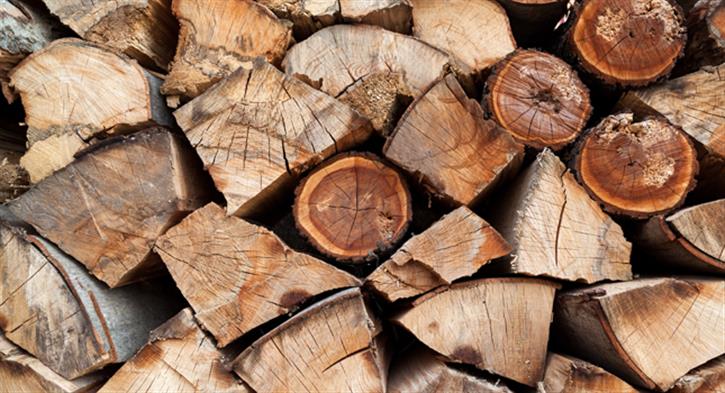

Tom Magness discusses a new perspective to take when it comes to your workforce
I know what you’re thinking: “Treat your workers like wooden logs? Isn’t that disrespectful?”
Well, it might be if you see a log as something that just sits there and does nothing, but if you use wooden logs to heat your home via a stove or a log boiler, you’ll have a different view.
You’ll have a deep respect for wood, and you’ll have discovered you only unlock its greatest potential when you treat it with that deep respect.
There are three lessons we learn from good treatment of wooden logs that we can apply to good treatment of workers.
Season your logs
A freshly cut log from a living tree will have a moisture content of over 50%. That will put a dampener on any fire! If you want your logs to burn most efficiently, they need to be seasoned, allowing them time to dry out. Reduce the moisture content to 20%, and you’ll double the heat output.
Your workers also need to be seasoned if you want the best output from them. For this to happen, you need to allow time for off-site training, and recognise opportunities for on-the-job learning. A commitment to staff development leads to increased confidence and skill levels, and workers will be able to take on more responsibility.
Appreciate their different characteristics
Interestingly, even though there are many different types of wood, they have roughly the same calorific value per kilogram – in other words, they have the same output potential. However, they do have different characteristics, just like your staff.
There’s the Ash, which has a naturally lower moisture content, meaning it needs less time for seasoning. The Aspen is great for kindling –matchsticks are often made from this wood. The Oak tree forks as it grows, creating a multitude of useful natural shapes for building projects.
Staff are just the same. Some, like the Ash, require less time for seasoning – they’re able to learn quickly, thus requiring less supervision. Some, like the Aspen, are good for kindling – their energy and creativity ignites new projects and possibilities. Others are like the useful Oak – they’re versatile, and able to handle a variety of responsibilities depending on what’s required at the time.
It’s important to recognise the different characteristics of your workers. This will help to ensure they are employed most productively on any given project.
Organise your log pile
I remember the first time I saw an organised log pile – it was amazing! The symmetry was striking and it gave me confidence that the owner knew what he was doing.
But it wasn’t just nice to look at – it was also very important. Chopping and stacking your wooden logs not only reduces seasoning time, it also reduces the risk of mould forming on the wood.
In the same way, it’s important to organise your workers so that their time is used most effectively.
This requires planning, ensuring work is lined up before current projects are completed. You’ll also find customer satisfaction increases when you keep to your deadlines.
So, even though it sounds strange, this is my advice: Treat your workers like wooden logs!
Tom Magness is business development manager at BTSE Heating
Image courtesy of Shutterstock/Catalin Petolea
If you'd like to keep up-to-date with the latest developments in the heating and plumbing industry, why not subscribe to our weekly newsletters? Just click the button below and you can ensure all the latest industry news and new product information lands in your inbox every week.